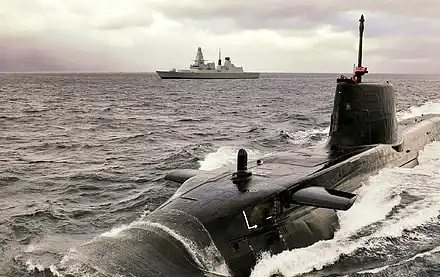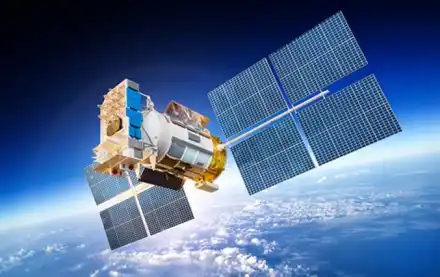




Thales
At the REPMUS 2024 exercise, Thales showcased its highly innovative solutions in the field of unmanned systems for naval warfare during real-world conditions. Through its multi-drone management solutions, smart sensors and combat management systems specifically designed for unmanned platforms, Thales is supporting navies to develop new concepts of operations, teaming manned and unmanned systems to carry out naval missions with greater responsiveness and flexibility.
Unleashing the full potential of unmanned systems
From 9-27 September 2024, Thales demonstrated its latest innovations to support concept development and experimentation with new technologies for sponsors in the Portuguese, British and French navies. These span unmanned systems designed for all types of missions, both underwater (anti-submarine barriers, critical infrastructure protection and anti-mine warfare) and above water (maritime surveillance and anti-surface warfare). Equipped with high-performance smart sensors and systems, various air and surface drones from Thales and its partners Schiebel and Tekever carried out effective surveillance, tracking and protection missions. An advanced command and control system enabled these drones to achieve their mission efficiently but also operate collaboratively and autonomously, under the control of an operator.
“In recent years, drones have proved to be a game-changer for armed forces. To support them, we bring our unique expertise in drone systems, sensors, communications, digital technologies and Artificial Intelligence for air, as well as above and underwater. Our teams mobilise all their talent to develop innovative systems that exploit the full potential offered by drones for the benefit of navies, whose missions are evolving rapidly and are increasingly carried out in coalition. This was brilliantly demonstrated during the REPMUS exercises organised by the Portuguese Navy, with the invaluable support of our other partner navies and OTAN invited countries.†Philippe Duhamel, EVP Defence Mission Systems, Thales.
REPMUS demonstrations enabled Thales and partners to:
Highlight the value of modular, multi-mission unmanned systems that comprise unmanned vehicles operating with a range of payloads, integrated with different Command and Control systems to achieve naval mission objectives.
Test and prove the effectiveness of detection, identification and monitoring of threats by collecting and processing, in real-time, data from sensors on-board the various unmanned systems with the help of Artificial Intelligence (AI) while guaranteeing overall coherence with the Combat Management System.
Successfully federate several air and surface drones, automatically creating mission plans, tasking and ensuring complete supervision.
Increase projection capability through communication systems integrated into unmanned aerial systems to relay operational data, enabling greater responsiveness, a reduction in human resources, costs and environmental footprint, and demonstrate supervision systems deployed on surface ships.
Experiment with the Royal Navy’s additional surveillance missions’ capacities for RWUAS (Multi-Mission Rotary Wing Unmanned Air System), enhancing the system with new capabilities in smart sensors and combat management systems.
Confirm compatibility with NATO interoperability standards, currently under development.
Empowering drones through Artificial Intelligence (AI)
The use of AI-boosted sensors and systems improves the ability to detect, identify and track threats in real time using data collected by sensors. For instance, AI algorithms were used to automatically detect abnormal behaviour in the positioning and trajectory of ships, to analyse images captured by sensors on the Unmanned Surface Vessel (USV), and to identify any unusual activities or patterns that may indicate a security threat. This empowerment of drones enables a higher volume of data to be treated as well as continuous situation monitoring, thus saving the armed forces valuable time.
While aerial and maritime drones are undoubtedly valuable assets, they require multiple operators and extensive coordination for effective control. By leveraging AI, Thales increases autonomy among its unmanned systems, enabling them to automatically raise an alert, formulate mission plans and even select the most suitable drone among a fleet as soon as a potential threat is detected. This enables operators to supervise missions in real-time. An interface integrates the entire drone fleet, and operators can take control of drone systems at any time, keeping humans at the centre of the decision-making process.